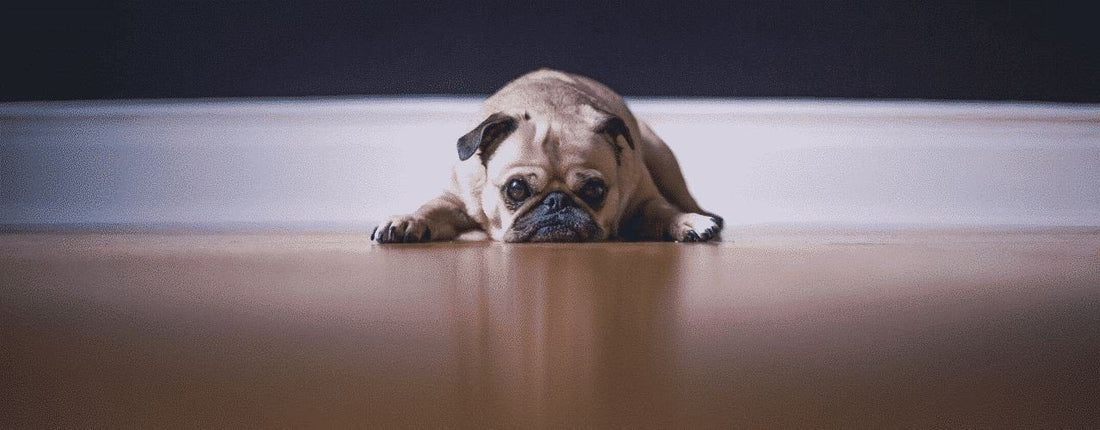
How to Calm an Anxious Dog
If your beloved dog suffers from anxiety and you feel at a loss about what to do, this article is for you. We know it’s incredibly upsetting that someone so dear to us can be feeling anxious, especially when they can’t communicate in words how they feel. It can feel like a helpless situation if you’ve tried many different methods to no avail.
That’s why our guide is so handy. It will teach you some expert steps and tips about how to calm your anxious dog. While they may not be able to say so, your pooch will be thankful that you took the time and effort to help them resolve this problem. So without further ado, here they are:
1. Identify When They’re Anxious
When it comes to calming your anxious four-legged friend, knowledge is power. You can’t help them if you don’t know when they’re experiencing such a sensation. That’s why it’s important to notice signs of anxiety.
This can sometimes be easier said than done, as each dog will exhibit different signs. You know your dog best, so try to take note of any out of the ordinary behavior as soon as it happens. Some things to look for include whining, sweaty paws, averted gaze and shivering. A great tip is to keep a log of each time you identify their anxiousness, taking time to note of tiny, but notable details like the time of day, what they ate, who or what they saw, the weather, and so on.
2. Take Them Away From the Source of Anxiety
Once you know the “when,” you’ll be able to work out the “why.” As soon as you identify signs of anxiety, take notice of why they could be anxious. It could be a situation, a person, or object. You’ll have to be both observant and empathetic.
Once you know what’s triggering them, either take your dog away from the source of anxiety or find a way to minimize it. This could involve moving them to another room, or taking away a particular object. Remember to stay calm as well; displaying any negative emotions yourself, such as anxiousness or anger, will likely exasperate your dog’s feelings of anxiety.
3. Comfort Them
Just like humans need to be comforted when confronting an upsetting or anxiety-inducing situation, dogs do too. It’s incredibly beneficial for anxious dogs to receive the warm embrace and reassure of their owners.
So how best do you go about comforting them? We recommend a number of ways of comforting to try. For example, physical contact such as calmly petting or sitting beside them will usually help. Distracting them is another means of trying to ease their tension, and even scent therapy works for some pooches. In the end, it will come down to the preferences of you as a pet parent, as well as the type of comforting your dog responds to most effectively.
4. Give Them an Anxiety Wrap
In addition to removing them from the source of anxiety and comforting them, there’s another handy tip that can help ease an anxious dog: give them an anxiety wrap. If you haven’t heard about anxiety wraps, they could be just the thing missing from your attempts to calm your anxious dog. Emma Stenhouse from Pet Life Today explains that anxiety wraps work by exerting a firm but gentle pressure that helps to soothe feelings of anxiety in your dog.
“Many dog owners find them an invaluable and relatively inexpensive piece of kit, with a great track record of helping to soothe anxious dogs,” she highlights. You’ll want to find one that’s breathable and comfortable, while also being easy to put on and take off. If you really don’t know which one to choose, look for one that has been vouched for by veterinarians, or ask your own for their advice.


